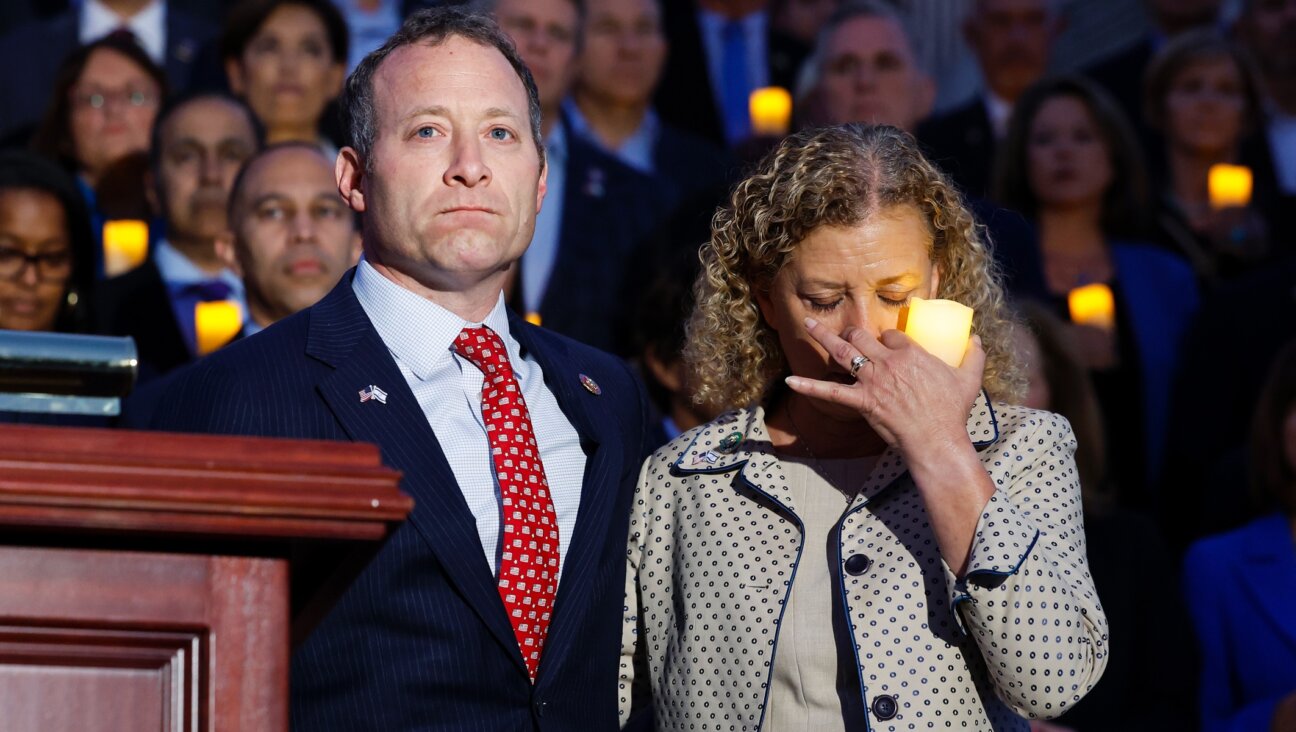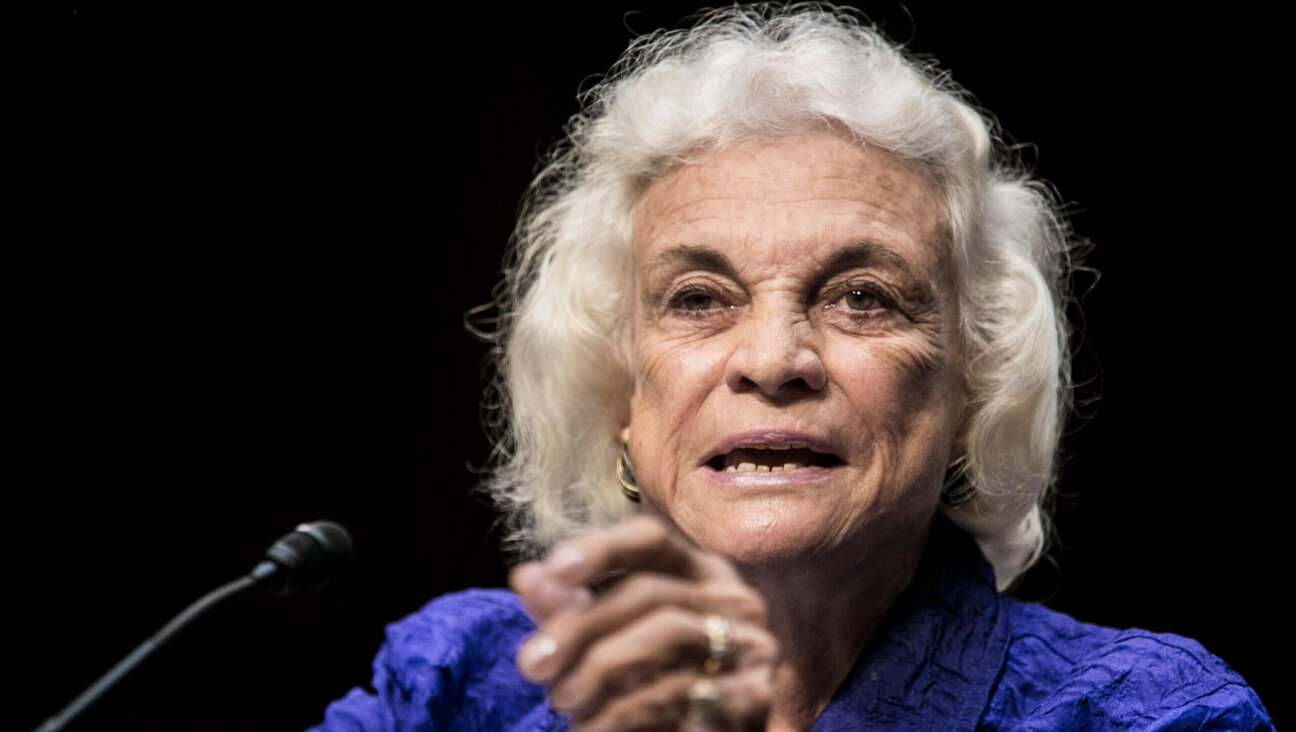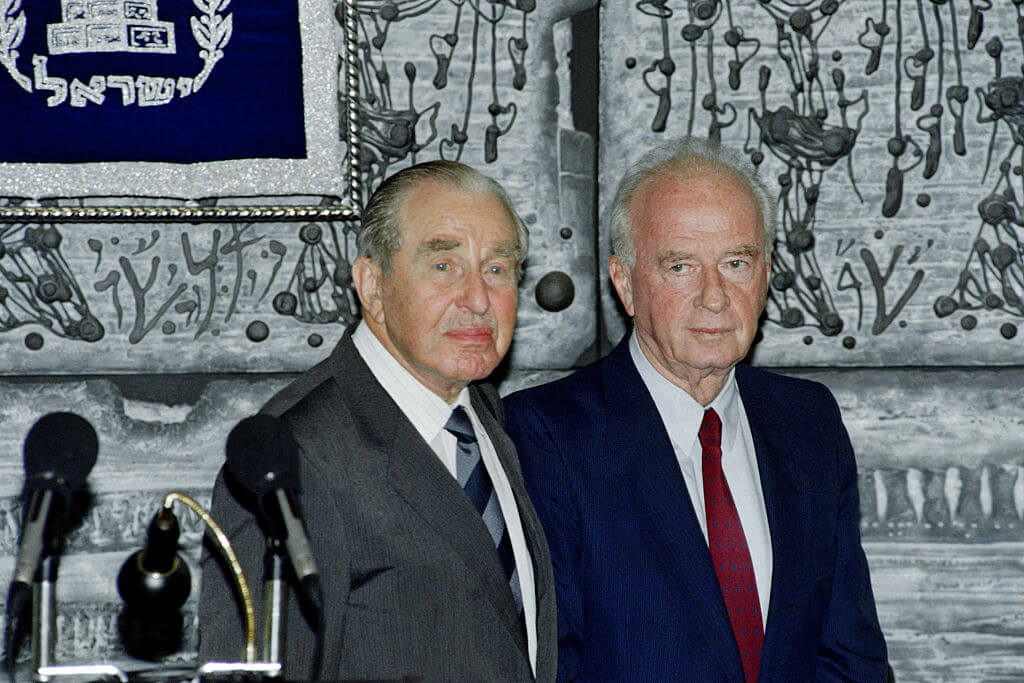My Cruel Valentine
An Almost Perfect Moment
By Binnie Kirshenbaum
Ecco, 336 pages, $23.95.
* * *|
Binnie Kirshenbaum’s new novel, “An Almost Perfect Moment,” is a good sad book, which means Kirshenbaum seduces you into caring about each of her characters, and just when you think they might get what they want, she robs them of real joy one by one. Set in Canarsie, Brooklyn, during the 1970s, “on the cusp of the great age of disco,” the book follows Valentine Kessler — a Jewish 15-year-old who is the spitting image of the Virgin Mary as she appeared to Bernadette at Lourdes — as she evolves from a vapid teen to a Catholicism-obsessed dreamer looking for a meaningful life. The book is structured much like Valentine’s journey — though it begins like a quirky character-comedy reminiscent of urban 1970s sitcoms like “All in the Family,” it evolves into a genuinely heartbreaking drama about missed opportunities, missed connections and, eventually, a missing person.
The Greek chorus of the book is “The Girls,” Valentine’s 273-pound mother Miriam and her mah-jongg circle: Edith Zuckerman, who wears a white mink stole; Judy Weinstein, in a gold lamé jumpsuit and sporting platinum-blond hair, and Sunny Shapiro, who has a face that “could stop a clock.” Though they speak with broad Canarsie accents, these Jewish mothers never veer toward caricature; they gossip and worry, but they are sensitive and generous of heart, more caring than cloying. They move in unison and swoop in when needed to give love and support to Miriam, their mother hen.
Miriam is the book’s most tragic figure. Once voluptuous, she is now obese and, aside from mah-jongg, all her energy goes into caring for Valentine, the only thing she has left from the husband who abandoned her on Valentine’s first birthday with a note reading, “I deserve to be happy.” Miriam’s desire is not confined to the emotional; Kirshenbaum depicts her unfulfilled sexual needs in surprisingly explicit detail, giving us an honest portrait of a single middle-aged woman’s drive.
Valentine, though she is the protagonist, is the book’s most elusive character. She’s a man-killer with surprisingly little consciousness of her beauty who causes devastation and drama wherever she goes. She is the kind of girl who intimidates boys so much that they don’t ask her out. Instead she is obsessed with her Polish math teacher John Wosileski, for reasons she herself can’t completely fathom, given his looks. “It could be said that he resembled a pig except that he lacked a pig’s expressiveness. What he looked like most was a pancake.” Unfortunately for Valentine, biology teacher Joanne Clarke, a brooding outcast and a “butterface” (great body, but her face) also has designs on Wosileski, not because she likes him but because marriage is the only way she can get away from the Alzheimer’s-afflicted father with whom she lives.
While overbearing Jewish mothers and teenage girls obsessed with their teachers are hardly new subjects for drama, Kirshenbaum manages to save these storylines from cliché. Miriam is much smarter and more liberal than Valentine gives her credit for. And unbeknownst to Valentine, Wosileski returns her affections, which makes you long for the two of them to wind up together despite the age mismatch. Kirshenbaum depicts Valentine’s crush in a tone serious-minded enough to credit an adolescent with real feeling, just as Wes Anderson did with his May-December storyline in the film “Rushmore.” Though Wosileski sometimes comes off as a stock loner (he eats Swanson Hungry-Man frozen dinners alone in front of the television every night), Kirshenbaum gives him a unique back story: He is a country mouse in a city mouse’s body, lovingly recalling the brief time he spent skiing when he lived with relatives in Plattsburgh, N.Y.
Even the minor characters are well-drawn. Valentine’s best friend Beth Sandler is a fallen ice-skating champ who dates a good-looking jerk; Lucille Fiacco is the cosmetologist-aspiring librarian who gives Valentine a copy of “Lives of the Saints,” telling her, “It is so hot”; and Mrs. Wosileski is John’s long-suffering mother, who keeps wishing her husband would die of a stroke.
Some of the storylines are predictable. We know Beth is unhappy because she always gushes about how happy she is. Valentine’s Mary complex is forecast early on when she asks for two shawls as a Chanukah present. And there are moments that feel familiar, such as when Joanne flips pages of a Reader’s Digest after John asks her out, so it sounds like she’s looking at a busy calendar.
But all in all, the characters are original and engaging even while not always likable. We understand their cruelty because we understand their loneliness; one of Kirshenbaum’s great gifts is her ability to portray isolation without pulling any punches. “There is no avoiding loneliness at mealtime,” she writes. “Not even watching television or reading the newspaper can alleviate the excruciating loneliness of breaking bread alone.” It is with lines like this that she is able to universalize the particular in ways that ring true to almost any reader.
Kirshenbaum’s interest here is the cruelty of humans to one another and the crushing loneliness of 1970s middle-class life. Again and again we watch open-mouthed as the characters serve as the instruments of each other’s pain: The students recklessly mock Joanne when she shows up in a jumper that has buttons positioned squarely over her nipples. Joanne gets so fed up with her father that she dumps a plate of steaming hot ravioli on his lap. A teacher, Mark Ornstein, resists Wosileski’s attempts to befriend him, having decided he is too eccentric, and Wosileski is wounded by the rejection. “Everybody shuns life’s losers,” Kirshenbaum writes, “the weak, the unattractive, the poor, the dispossessed, the friendless, and not because we want to be cruel, but because we can’t bear the responsibility of them; they need more than we can give; we will fail them.”
When I was a teenager and my grandmother was alive, she sometimes took me with her to the ballet at Lincoln Center for weekend matinees. I always had mixed feelings when she invited me; though I loved the thrill of the performance, the smell of the theater, I would spend much of the ballet dreading the meal I knew I would have to share with her afterward. She was a smart and irascible woman, not hard to get along with, but so many generations removed it was hard to form a meaningful connection. I loved her but I was ashamed of her, the way her dentures would bounce as she chewed, the gray roots of her hair extending an inch or two before the beginning of the black, and the hearing aid that kept popping out. Yet because she was blood I felt guilty for being selfish, and this guilt would creep into our post-matinee dinners and make me mean in ways I still wish I could take back.
These are the kinds of relationships Kirshenbaum depicts, the kind where two people want to connect but can’t find their way. This is not pretty stuff but it is relatable. Though the flap copy calls it a “dark and comic novel,” I found it to be mainly dark. The ending left me unsatisfied and unresolved, but that may be the point. Kirshenbaum depicts lives of absence and longing, in which resolution rarely equals happiness. In the world she creates, the social constraints of the era and the neighborhood make it hard for anyone to break out of the mold. To the extent that at least one character finally does, the ending leaves you, if not with hope, at least with an inhalation of breath.
















